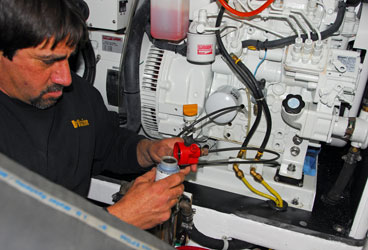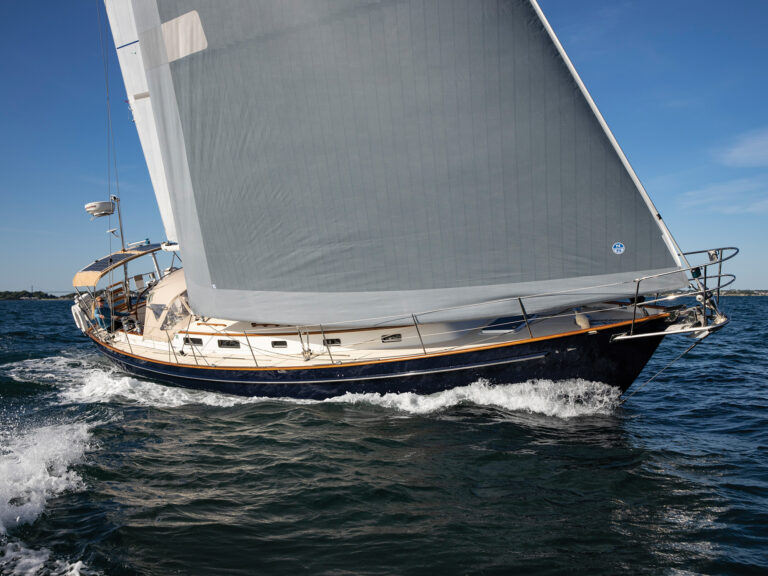
engine inspection
If you’re considering the purchase of a boat, either new or used, the onus is on you to make certain that the engine is properly installed and operating at maximum efficiency and reliability. In the work I do as a boat buyer’s consultant, I’m frequently surprised at the lack of attention paid to engines, even by professional mechanics, during a survey and sea trials. The watch words in this case are testing and compliance: The engine must be thoroughly tested, and it must be assessed to ensure that its installation meets with all of the manufacturer’s requirements.
When inspecting an engine, my preference is to hire a mechanic who’s employed by the dealer handling that make of engine. While there are lots of experienced and capable independent mechanics out there, in the case of pre-purchase assessment and analysis, it pays to choose one who has access to the engine manufacturer’s written installation requirements and latest service bulletins.
Tell the mechanic exactly what you’d like inspected. While this may sound superfluous, many mechanics won’t scrutinize an engine installation thoroughly enough, particularly aboard a new boat or one that appears to be well maintained. However, many seemingly neat and clean engine compartments are afflicted with potentially fatal flaws, so don’t be fooled by appearances.
Steve D’Antonio offers services for boat owners and buyers through Steve D’Antonio Marine Consulting (www.stevedmarineconsulting.com).
**
During the Pre-Purchase Inspection, Your Mechanic Should:**
• Ensure that the wet exhaust system has the specified drop or slope to the muffler and rise before the discharge.
• Determine that the cables used for the positive and negative electrical supply to the starter are the correct size.
• Inspect the motor mounts to make sure that they’re tight, secure, and not overextended.
• Determine that the installation meets the manufacturer’s specifications, then ensure that the engine doesn’t overheat and achieves the rated wide-open-throttle rpm by operating it under way at 80-percent rpm for a minimum of one hour and at 100-percent throttle for 10 minutes.
• Check the cylinder compression, if it’s a used engine.
• Test the exhaust-system components for proper temperature while
under way. No part of an exposed exhaust component should exceed 200 F, and the water-cooled portions of the exhaust, and especially the hose, typically shouldn’t exceed 150 F.
• Check during the sea trial that the engine-compartment temperature doesn’t measure 30 F above the cabin’s air temperature. During the sea trial, except for observations, the engine compartment or box should be closed. The mechanic tests by placing a remote thermometer in the compartment adjacent to the engine air intake. If the temperature difference exceeds 30 degrees, the engine requires additional ventilation.
• Test the exhaust-gas back pressure during the sea trial.
• Send samples of the crankcase oil, transmission fluid, and coolant for laboratory analysis. The value of fluid analysis can’t be overstated, and it’s a bargain, with analysis kits costing about $30 each. S.D’A.







